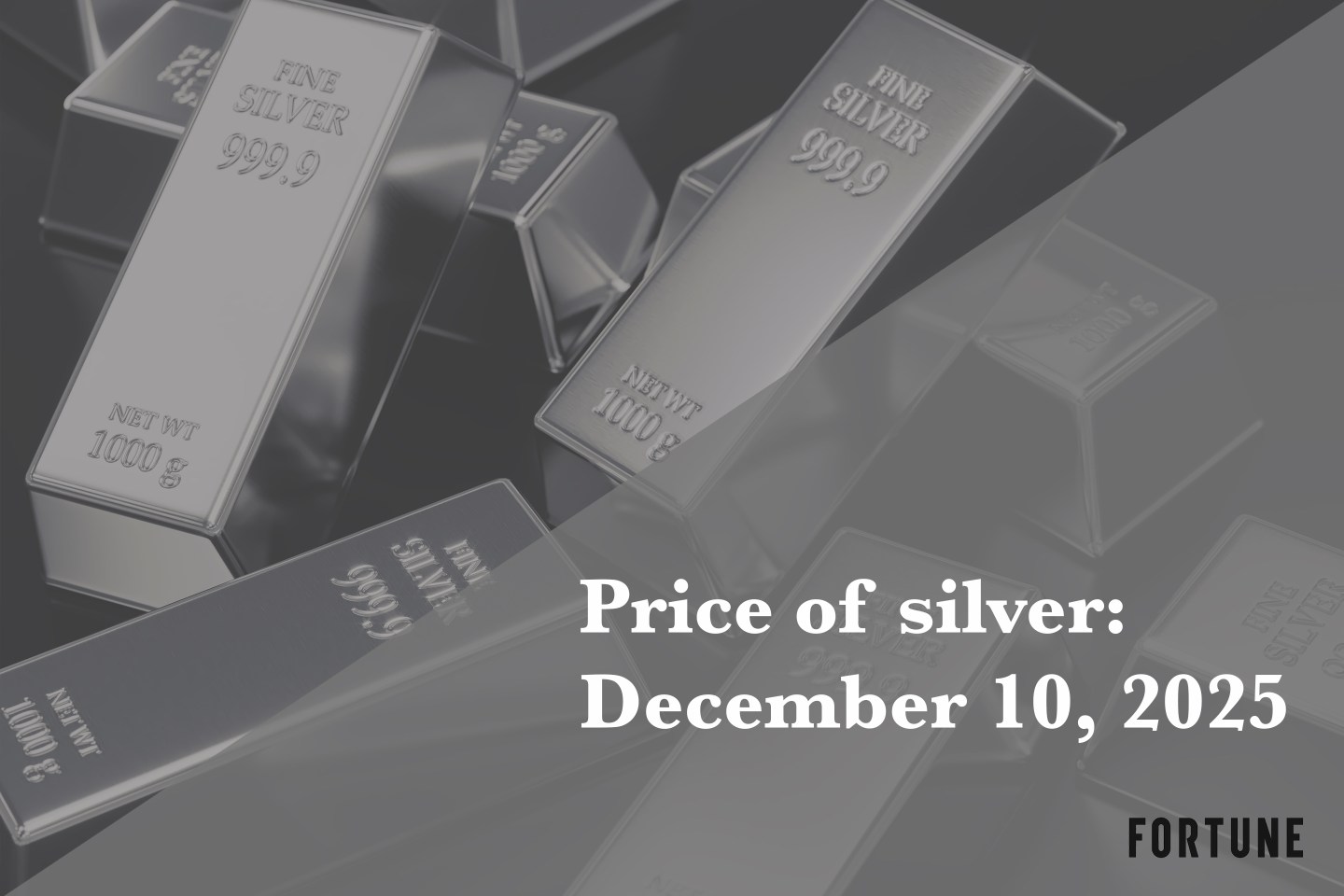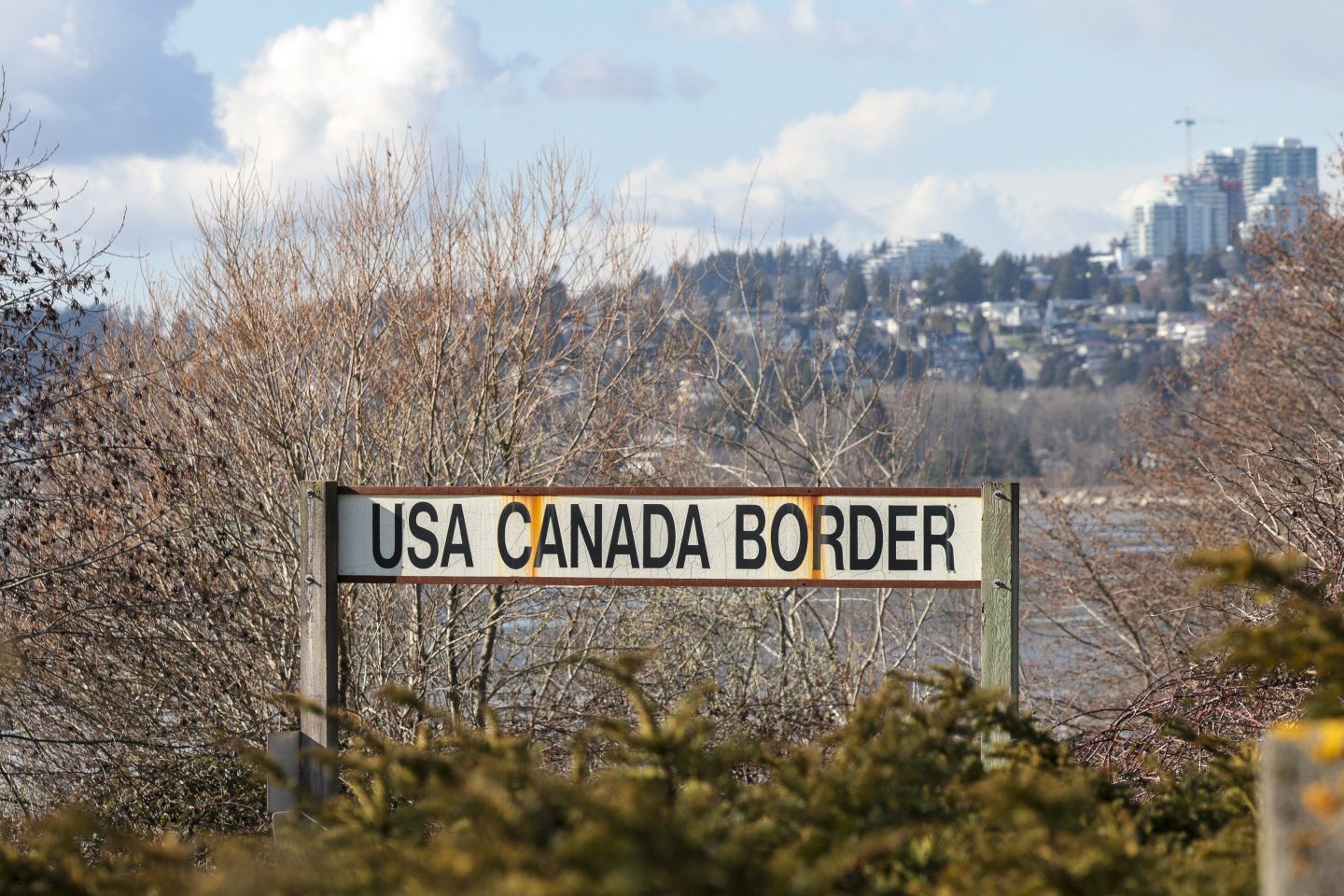FORTUNE — Call it a silver lining: Geographers are predicting that by mid-century, melting sea ice will open up new commercial shipping routes in the Arctic. That would shave off costly travel time in the late summer and reduce Russia’s control over trans-Arctic shipping. For the first time, icebreakers will be able to make a straight shot over the North Pole, and the treacherous but coveted Northwest Passage through Canada’s Arctic Archipelago will become a viable commercial route.
MORE: The answer to Chinese pollution? It’s in Japan
UCLA’s Laurence C. Smith and Scott R. Stephenson reported the findings on what they’re calling “Supra-Polar” routes Monday in the journal
Proceedings of the National Academy of Sciences
. The pair used computer modeling to predict optimal navigation routes for mid-century (2040-2059) between the North Atlantic and the Bering Straight based on seven independent climate models. They restricted their study to September, when Arctic ice is at its minimum. What they found:
- The Northern Sea Route (NSR) along Russia’s coast in the eastern Arctic Ocean — the only viable trans-Arctic shipping route today — will continue to become more navigable. The NSR will open up to more ordinary open-water ships without reinforced hulls (the vast majority of shipping vessels in use today), and optimal routes from the North Atlantic will shift northward away from Russia’s coast and out of its territorial jurisdiction.
- The Northwest Passage (NWP), which today is littered with some 50,000 giant icebergs up to 300 feet tall, will open, reducing by 30% the distance for vessels traveling to and from North America compared with the NSR. It will be the optimal late-summer route for Polar Class 6 vessels (lightweight icebreakers used in the Baltic states today) 100% of the time and for ordinary open-water ships much of the time. “This is a surprise because the NWP has always been less navigable and more icy than the NSR,” Smith says. “It’s a very stubborn place.” The opening up of the NWP may force Canada, the U.S. and Europe to settle a longstanding dispute over whether the trade route is in Canadian or international waters.
- The North Pole will become the optimal route for ice-breaking ships traveling to and from Europe as the ice thins, which could pull traffic away from the NSR. Polar Class 6 vessels will “pretty much go wherever they please” in the Arctic by mid-century, Smith says. “At which point, if you’re trying to get between the Atlantic and the Pacific, the shortest route is directly over the North Pole.”

Although it’s too soon to know what all this means in economic terms, shipping is already ramping up in the Arctic as ice retreats. A handful of shipping vessels first navigated the NSR in 2010, when the summer ice thinned sufficiently there. Last summer, 46 ships carried oil, gas, and hard minerals from Russia, Norway, and Denmark to China, says Lawson Brigham, a professor of geography and Arctic policy at the University of Alaska Fairbanks.
Smith thinks that unreinforced open-water ships could become far more common in the Arctic by mid-century. “These places capture the imagination,” he says. “Many intrepid explorers died seeking clear passage through both the Northwest Passage and the Northern Sea Route in the late nineteenth century while looking for the shortest route between Europe and the Orient, as it was known then. Temptation will grow for ordinary vessels to enter these waters.”
MORE: SolarCity CEO talks the future of solar power
Although the NWP is the shortest route from northeastern North America to Asia, it will likely never be used for major shipping on trans-Arctic voyages, says Brigham, who is a former icebreaker captain. But, “there will be many future voyages of ships in and out of the Canadian Arctic, likely bulk carriers carrying iron ore to Europe from Baffin Island.”
“The driver of most Arctic shipping today and in the future is Arctic natural resource developments — the linkages of Arctic natural resources to global markets,” Brigham adds. “Sea ice retreats as observed in the Arctic provide for longer navigation seasons and marine access, but global commodities prices and economics drive the essence of Arctic shipping in the future.”
As the Northwest Passage and the North Pole open up, some ships will be able to avoid Russia’s Exclusive Economic Zone; Russia charges steep fees for mandatory escorts through this zone. Although navigating through less-regulated international waters could cut costs, Smith says environmental and safety issues will emerge. “It’s both exciting and worrisome,” he says. “The Arctic is a dangerous place and always will be. The ice will always return in winter. It’s dark. It’s remote. Let’s just say the northern countries are going to have some patrolling, search-and-rescue, and security issues on their hands in the coming years.”










